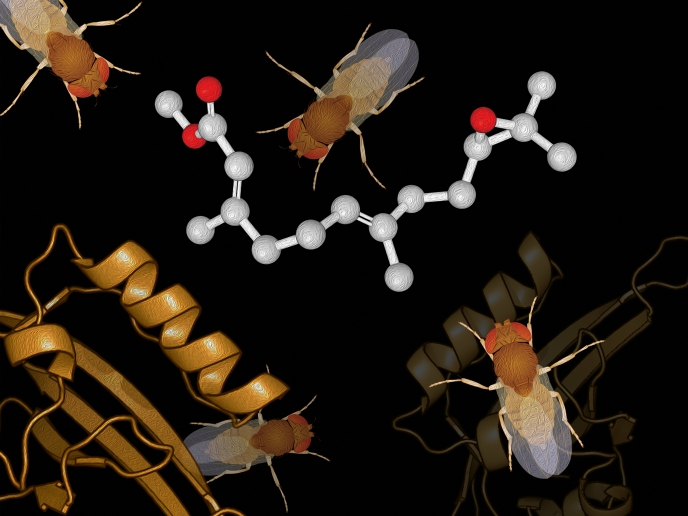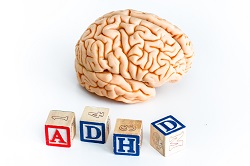A better understanding of the sophistication behind ant navigation
When you come to really look at ants, their ability to collectively transport items that far outweigh them, or an individual’s ability to outperform a GPS when it comes to finding their way across a forest floor to their nest, a question presents itself. How do tiny brains process all the information that feeds into their responses? In some ant species, foragers venture out of their nest solitarily in the quest for food. They do not use chemical trails but rely mainly on vision and learning. “Ants can develop and memorise long, visual routes that meander through the complexity of their natural environment, running up to a hundred metres away from the nest in some species. They never get lost, and they do all this with a brain smaller than a pinhead, and with low-resolution eyes. To possess such navigational skills, with such parsimonious hardware is proof that we have much to learn from these insects,” explains Antoine Wystrach, based at the French National Centre for Scientific Research (CNRS). To get a better understanding of these skills, Wystrach set up EMERG-ANT, with the help of the European Research Council.
Ants in a virtual world
To try and recreate the response of their ants in simulations, the team developed a virtual reality setting involving floating balls, immersed in a 360° cylindrical array of LEDs. “This allowed us to infer, by recording how the ball is moving, what the ant’s movements would be,” Wystrach remarks. They fed the movements back into the visual scene, giving the ant the impression that it was navigating, so controlling the ant’s visual and motor experience while it was performing its navigation tasks. “This method opens the doors to an infinite number of potential manipulations. The ant responses can be very informative, and can serve to test our brain models, by observing the response of our simulated agent when subjected to the same manipulations as the real ants.”
Developing a robotic simulation that replicates ant behaviours
It’s an interesting time to be an insect neurobiologist. Descriptions of the circuits in insect brains are ever more precise, and the complete wiring diagrams of some insect brains, such as fruit flies, have been developed. “These diagrams can inspire the neural models we develop to understand ant navigation. Our models are thus constrained, on the one hand, by the wiring diagrams, and on the other hand, by the ant behaviours. The agent equipped with its model brain should reproduce the real ant behaviour across our experimental conditions,” he adds. To ensure that the team was getting their modelling right, they took their most refined iteration and placed it in a little robot which had a low-resolution camera. “The robot became an amazing navigator, able to learn and follow routes of several hundred metres very robustly, and with very little computational power and memory space.”
Understanding the organisation and storing of information in insect brains
The team made several breakthroughs regarding how information is organised and stored in insects’ brains. Notably, how self-generated oscillations, and feedback from movements are key to doing so. But perhaps the greatest lesson is the realisation of how much more there is to discover. “We barely scratched the surface of this complexity. The ants remain far better navigators than our models, more plastic, more adaptable. And all this intelligence, beyond our understanding, resides in such a small amount of matter. It is a lesson of respect and humility,” says Wystrach.
Keywords
EMERG-ANT, ants, navigation, robotic simulation, insect brains, neural models, forager







